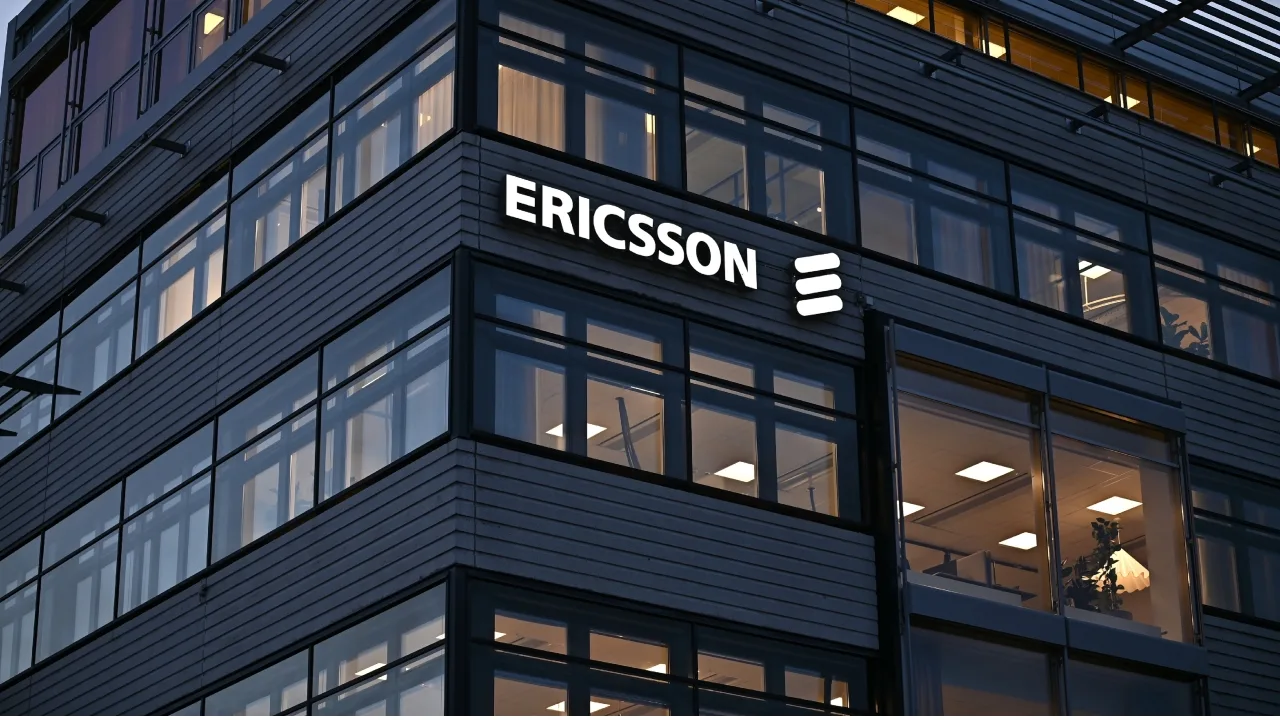Southeast Asia, with its diverse linguistic landscape and rapidly growing tech scene, has taken a significant leap forward with the development of SEA LION (Southeast Asian Languages In One Network). This groundbreaking large language model (LLM) stands as a testament to the region’s commitment to AI innovation tailored to its specific needs. This essay delves into the technical aspects of SEA-LION, exploring its architecture, training data, capabilities, and potential impact on the region.
Technical Underpinnings: A Dive into SEA LION LLM’s Architecture
SEA LION is built upon the robust MPT (Mixture of Pretraining Tasks) architecture, a powerful framework for training large language models. This architecture leverages multiple pre-training tasks, including masked language modeling, next sentence prediction, and sentiment analysis, to equip the model with a deep understanding of language structure and semantics. The model boasts a vocabulary size of 256,000 tokens, encompassing a vast range of words and phrases commonly used in Southeast Asian languages.
However, SEA-LION goes beyond simply adopting an established architecture. It incorporates a custom SEABPETokenizer designed specifically for Southeast Asian languages. This tokenizer accounts for the unique characteristics of these languages, such as complex writing systems, agglutinative morphology, and diverse dialects. This tailored approach ensures optimal performance and minimizes potential biases arising from generic tokenizers.
Training Data: The Fuel for Linguistic Proficiency
The success of any LLM hinges on the quality and diversity of its training data. SEA-LION is trained on a massive dataset of text and code specifically curated for the Southeast Asian region. This dataset incorporates:
- News articles, blog posts, and social media content in various Southeast Asian languages, reflecting the region’s vibrant online discourse.
- Government documents, legal texts, and academic papers to build domain-specific knowledge and expertise.
- Books, poems, and other literary works to imbue the model with cultural nuances and stylistic understanding.
- Code repositories and programming documentation to equip it with technical proficiency and the ability to generate code.
This diverse dataset allows SEA-LION to develop a comprehensive understanding of the Southeast Asian linguistic landscape, encompassing both formal and informal language, various domains, and distinct cultural contexts.
Capabilities: A Showcase of Versatility with SEA LION
SEA-LION’s capabilities extend far beyond simply understanding and generating text. It possesses a wide range of functionalities that can be harnessed for various applications:
- Multilingual translation: The model can translate between several Southeast Asian languages with high accuracy, overcoming the language barriers that often hinder regional communication.
- Text summarization: SEA-LION can condense large amounts of text into concise summaries, aiding users in efficiently digesting information.
- Question answering: It can answer questions in an informative and comprehensive manner, drawing upon its vast knowledge base.
- Creative text generation: The model can generate poems, scripts, and other creative text formats, fostering artistic expression and language learning.
- Code generation and analysis: SEA-LION can generate code snippets and analyze existing code, empowering developers and programmers.
These capabilities make SEA-LION a valuable tool for individuals, businesses, and organizations across diverse sectors. It can facilitate communication, streamline information processing, and unlock new avenues for creative expression and technological innovation.
Impact on Southeast Asia: A Look Ahead
SEA-LION’s development marks a significant milestone for Southeast Asia, offering numerous potential benefits:
- Boosting regional languages: By supporting and enhancing Southeast Asian languages, SEA-LION can contribute to their preservation and promotion in the digital age.
- Bridging the digital divide: The model’s multilingual capabilities can facilitate access to information and technology for individuals who might otherwise be excluded due to language barriers.
- Empowering local businesses: SEA-LION can be leveraged by businesses to develop innovative products and services tailored to the specific needs and preferences of the regional market.
- Advancing research and education: The model can be used in academic research to analyze large datasets and generate insights into diverse fields, while also serving as a valuable tool for language learning and education.
However, it is crucial to acknowledge potential challenges and ethical considerations:
- Bias mitigation: As with any AI system, careful attention needs to be paid to mitigating potential biases present in the training data to ensure fair and inclusive outcomes.
- Access and affordability: Ensuring equitable access to SEA-LION and its benefits for all stakeholders across the region is essential to avoid exacerbating existing inequalities.
- Transparency and explainability: Developing mechanisms to explain the model’s decisions and reasoning is crucial for building trust and ensuring responsible use.
By addressing these challenges and leveraging its capabilities responsibly, SEA-LION has the potential to unlock a new era of technological progress and inclusive growth in Southeast Asia.
Follow Tech Futurist for more updates on AI and more!




